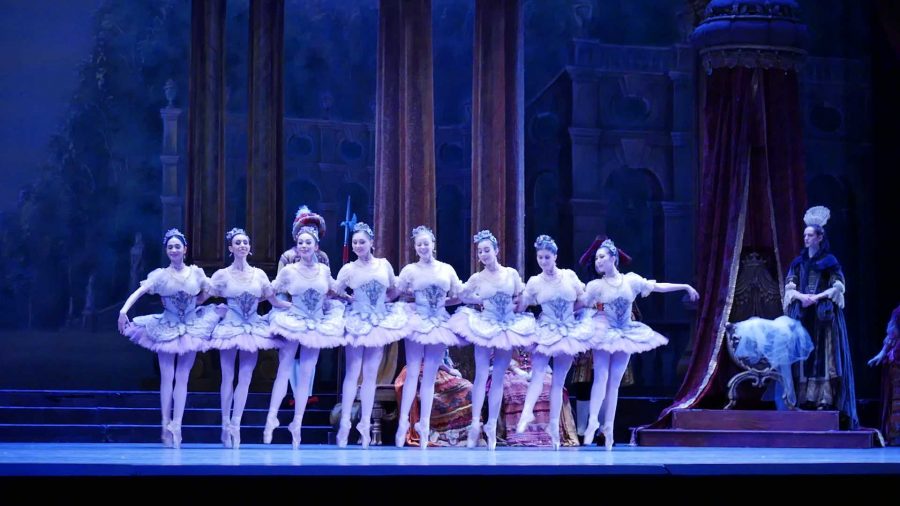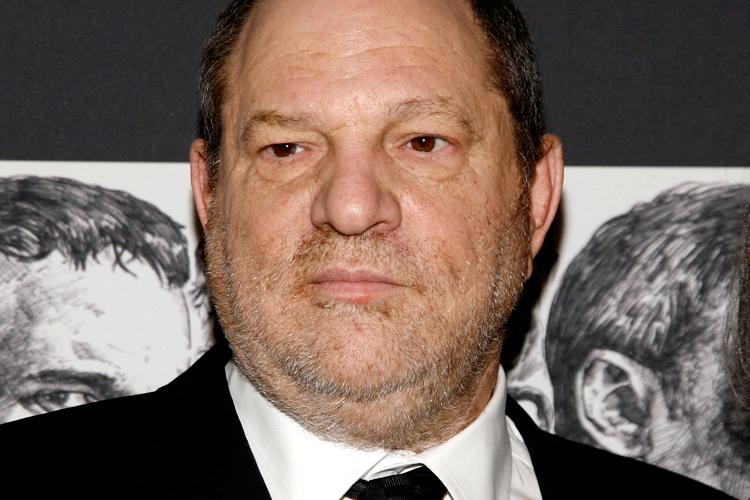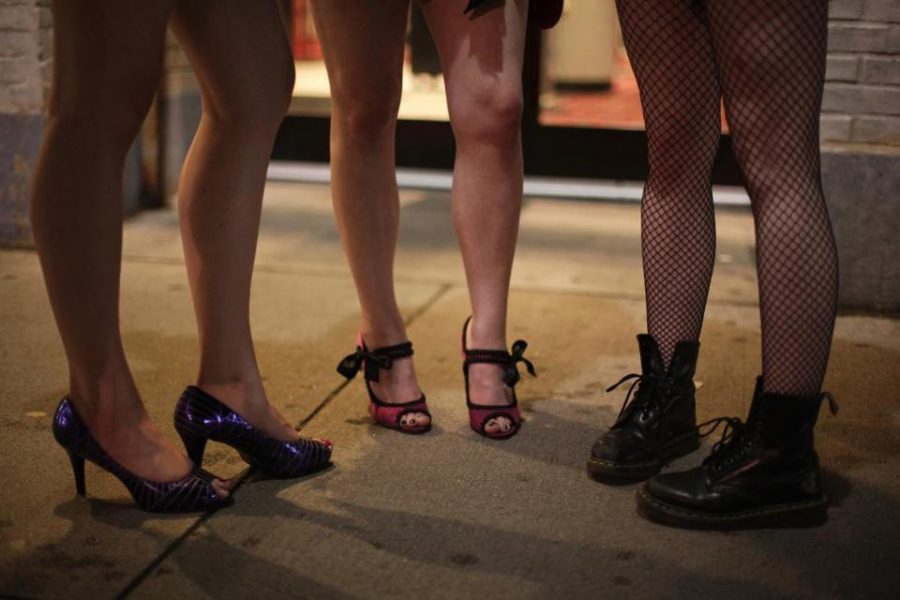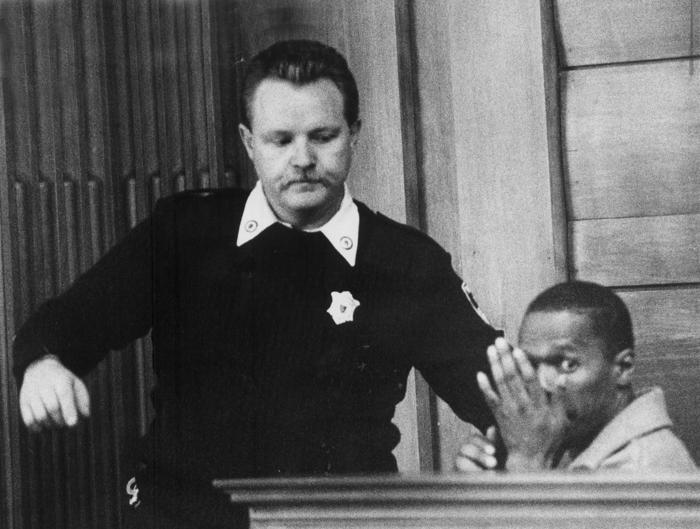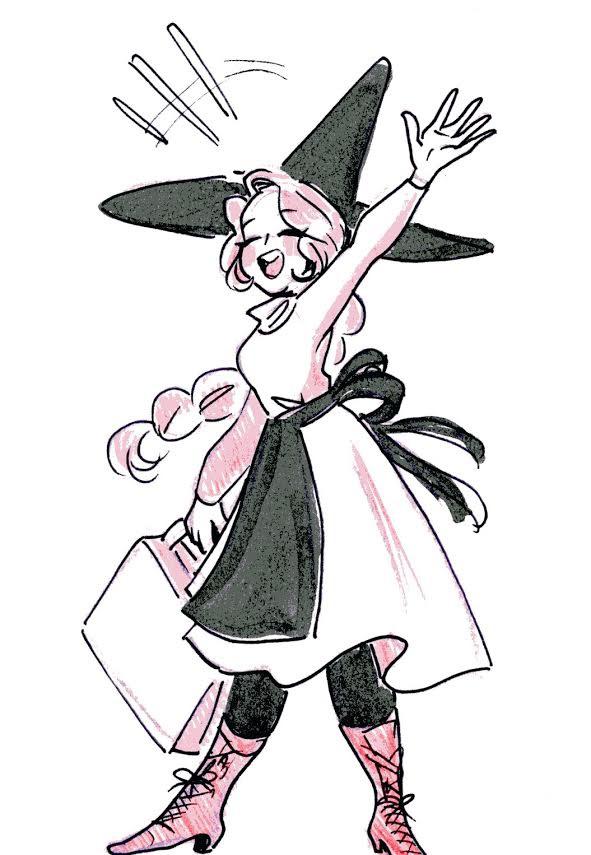By Maddy Longwell
Staff Writer
It’s important to remember that there will be more than one question on the ballot. Besides presidential candidates, voters must also choose their senators and representatives. These ‘down the ballot’ questions can have significant impacts on local, state, and national governments.
In Massachusetts this year, voters will also be able to vote on four other questions. Of these four questions, Question Two has been the most highly publicized. Question Two asks voters to decide whether the state should lift the current cap on charter schools and increase funding. In the weeks leading up the election, voters have seen a slew of TV ads and newspaper editorials explaining exactly why they should vote yes or no. Currently, Massachusetts has put a cap on the number of charter schools allowed in the state, 120. Raising this cap would allow up to 12 additional charter schools per year.
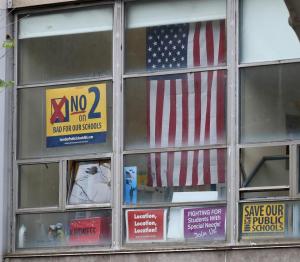
The debate over the existence of charter schools in American education is a controversial one. The issue has divided much of the Democratic party. Charter schools and their expansion have attracted the support of many conservative leaders and prominent Republicans, including the Koch brothers and presidential candidate Donald Trump. Charter schools have also earned the support of leading Democrats like President Obama. However, many Democrats, including Massachusetts Senator Elizabeth Warren, and presidential candidate Hillary Clinton oppose the schools. For many voters, the question becomes confusing and complicated.
Charter schools, which cost the state of Massachusetts millions of dollars per year, face an average teacher turn over rate nearly twice as high as traditional public schools and are often, especially in suburban and rural areas, much more racially segregated.
So here are just a few of the many questions about charter schools answered.
What is a charter school?
Charter schools exist around the country and are often viewed as an alternative to public school. Generally, Charter schools allow teachers a greater degree of freedom with their teaching. Schools are either completely or partially publicly funded and do not answer to a local school board or superintendent.
Charter schools are free to attended and are open to any students.
However, many schools do have an application process or lottery system. Today there are more than 33 thousand kids on waitlists to attend charter schools in Massachusetts alone.
Who pays for the school?
Charter schools are either completely or partially publicly funded. This means that state money that goes towards education in part goes to fund charter schools. Some schools are also privately funded, some schools are parts of charter school chains that are backed by investors or large companies.
How are they public schools?
Supporters of charter schools are eager to remind voters that the schools are in fact public. However, this definition can be tricky, although charter schools don’t require students pay tuition, are open to anyone, and receive state funding, they also can be competitive and may receive private funding that traditional public schools might not.
What is the cap?
The state of Massachusetts has put a cap on how many charter schools can exist. Currently that cap is at 120 schools. Raising the cap would allow that number to increase by 12 additional charter school. This means that either 12 new charter schools can be created, or the equivalent can be spent on expanding the charter schools that are currently open in Massachusetts.
Why do people support charter schools?
Supporters of charter schools argue that by raising the cap, more students will have the opportunity to attend schools better than their public school. In particular, supporters often discuss the importance of charter schools for students in cities and low income areas like Boston.
Why don’t people support charter schools?
Opponents to the charter school system claim that the schools take money away from public schools. Many also argue that although the schools are open to everyone, only parents who already know about charter schools and how to apply to them are able to help their children get in. Another argument is that often these schools do not have the ability to help special education students, and often send them back to their public school. Those who don’t support the schools are also concerned with what they view as a lack of accountability, since the schools do not answer to local school boards, superintendents, and are often not held to the same requirements traditional public schools are.
As the election approaches, two major organizations have started to publicize the issue more. Since the start of 2016, Great Schools Massachusetts has spent more than $15 million on advocating for a “yes” vote on the ballot, which would raise the cap and support charter schools. Much of Great Schools Massachusetts funding (roughly $13.5 million according to boston.com) comes from a New York-based organization called Families for Excellent Schools.
On the other side, Save Our Public Schools has been advocating fiercely against charter schools and for a “no” vote on Question Two. Save Our Public Schools has spent around $9 million dollars on the issue. Much of the funding for Save Our Public Schools comes from the Massachusetts Teachers Association and the National Teachers Association.
A “yes” vote on Question Two on Nov. 8 will allow for more funding towards charter schools, while a “no” vote will keep the number of charter schools able to open in Massachusetts at a cap of 120.





